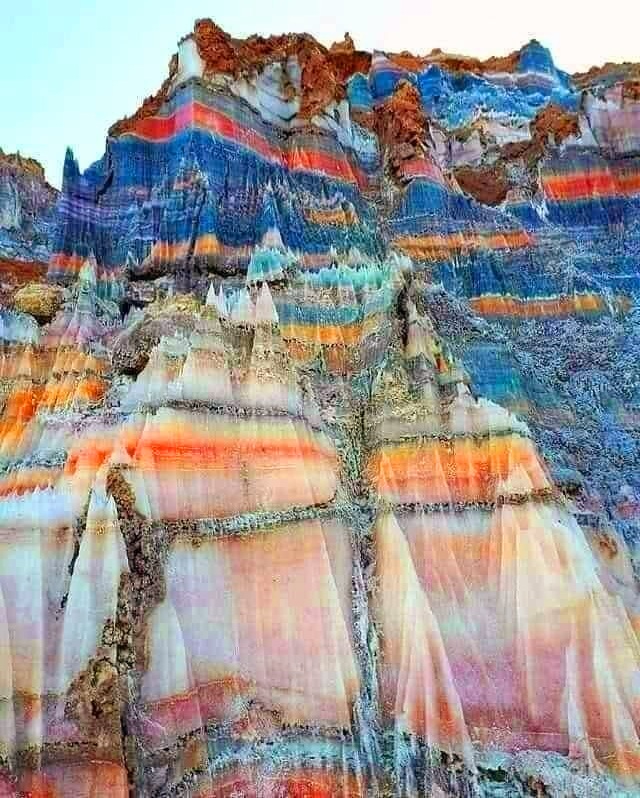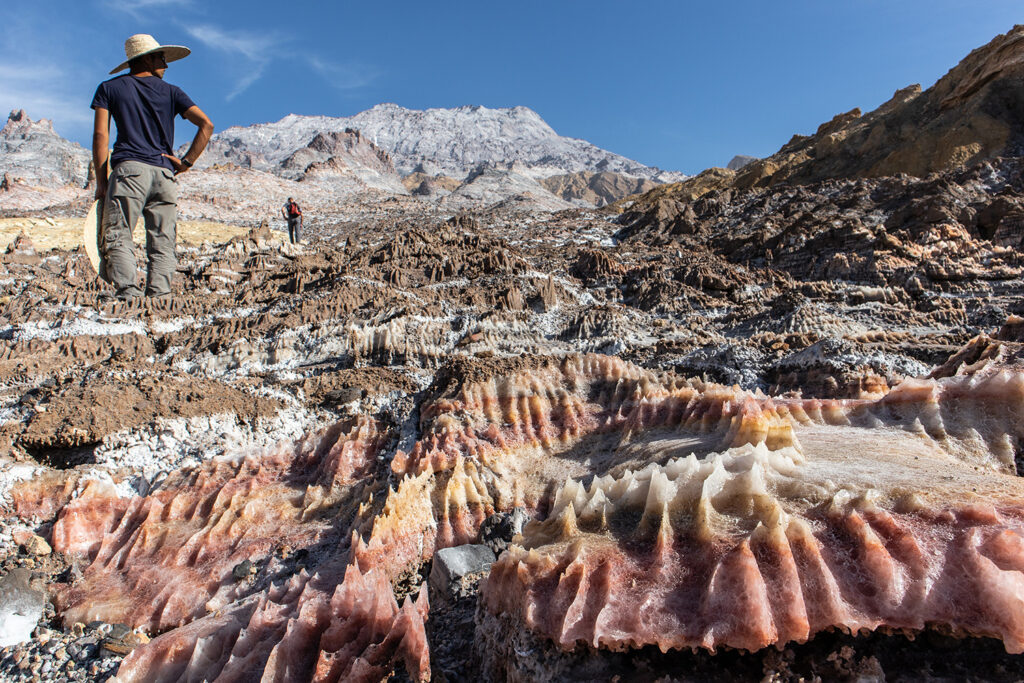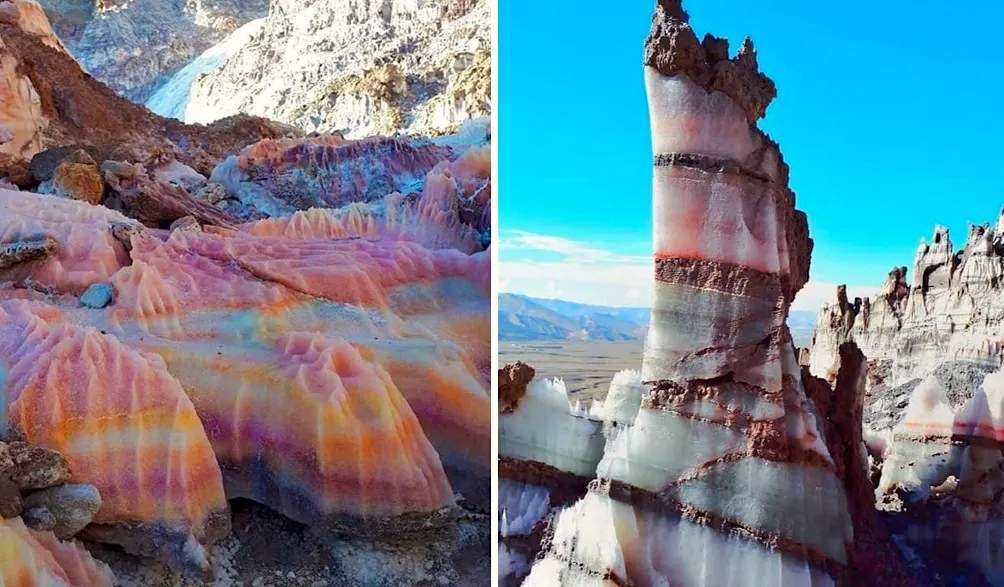
Iran is known for its rich history, culture, and natural resources. Among its many natural wonders are the incredible salt formations that can be seen in the south, southwest, and central areas of the country. These salt formations are the result of millions of years of geological processes and have created unique and stunning landscapes that attract visitors from all over the world.


The salt formations in Iran are the result of a complex interplay between sedimentary rocks and salt. Millions of years ago, the Persian Gulf was much larger than it is today and covered large parts of Iran and the Arabian Peninsula. As the water evaporated, it left behind vast quantities of salt that were covered by sediments washed down from the mountains by rainwater. Over time, the sediment layer became compact and weighed heavily on the salt layer underneath, causing the salt to rise up through the overlying rocks.

The result of this process is an incredible array of salt formations that include salt domes, salt glaciers, salt valleys, karst sinkholes, and salt springs. The best examples of these formations are found in the Zagros Mountains, which run parallel to Iran’s coast on the Persian Gulf. The Zagros Mountains formed when the Arabian Plate collided with the Eurasian Plate, creating numerous ridges and faults that allowed for the formation of salt diapirs.

According to UNESCO, nowhere else in the world can such a concentration of salt domes be seen. In the southern part of the Zagros Mountains alone, there are more than 130 salt domes, which have affected the structure of the Zagros Mountains, making it one of the most significant simple folded systems in the world. Aside from salt domes, there are also salt caves, including the longest salt cave in the world at over 6.4 km in the Namakdan Mountain.


The salt formations in Iran are not only visually stunning but also have significant economic potential. Impermeable rocks found in salt domes frequently trap petroleum beneath other rock layers, making them a valuable source of oil. Salt domes in other regions, such as in the United States, Mexico, the North Sea, Germany, and Romania, have already been tapped for petroleum and have been significant sources of oil for many years.

Despite their economic potential, the salt domes and other formations in Iran are at risk from future oil exploration. It is important to balance economic development with the preservation of these unique natural wonders. Iran is currently considering the inclusion of these salt formations as a UNESCO World Heritage Site, which would help protect them for future generations to enjoy.


In conclusion, the salt domes and other formations in Iran are a testament to the country’s unique geological history and offer visitors a glimpse into the incredible power of nature. While they are at risk from future oil exploration, efforts to preserve these natural wonders can ensure that they are enjoyed for generations to come.

Leave a Reply